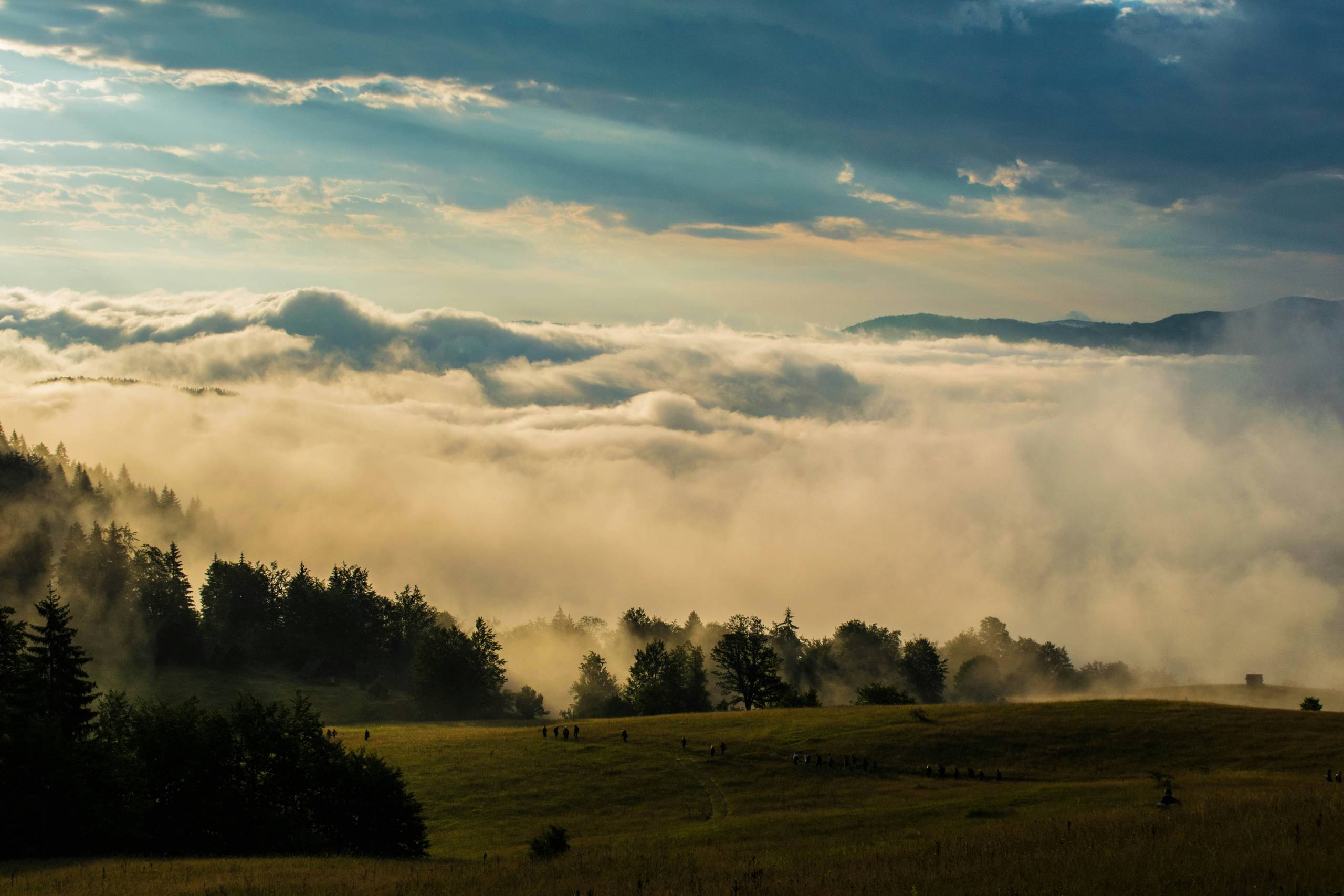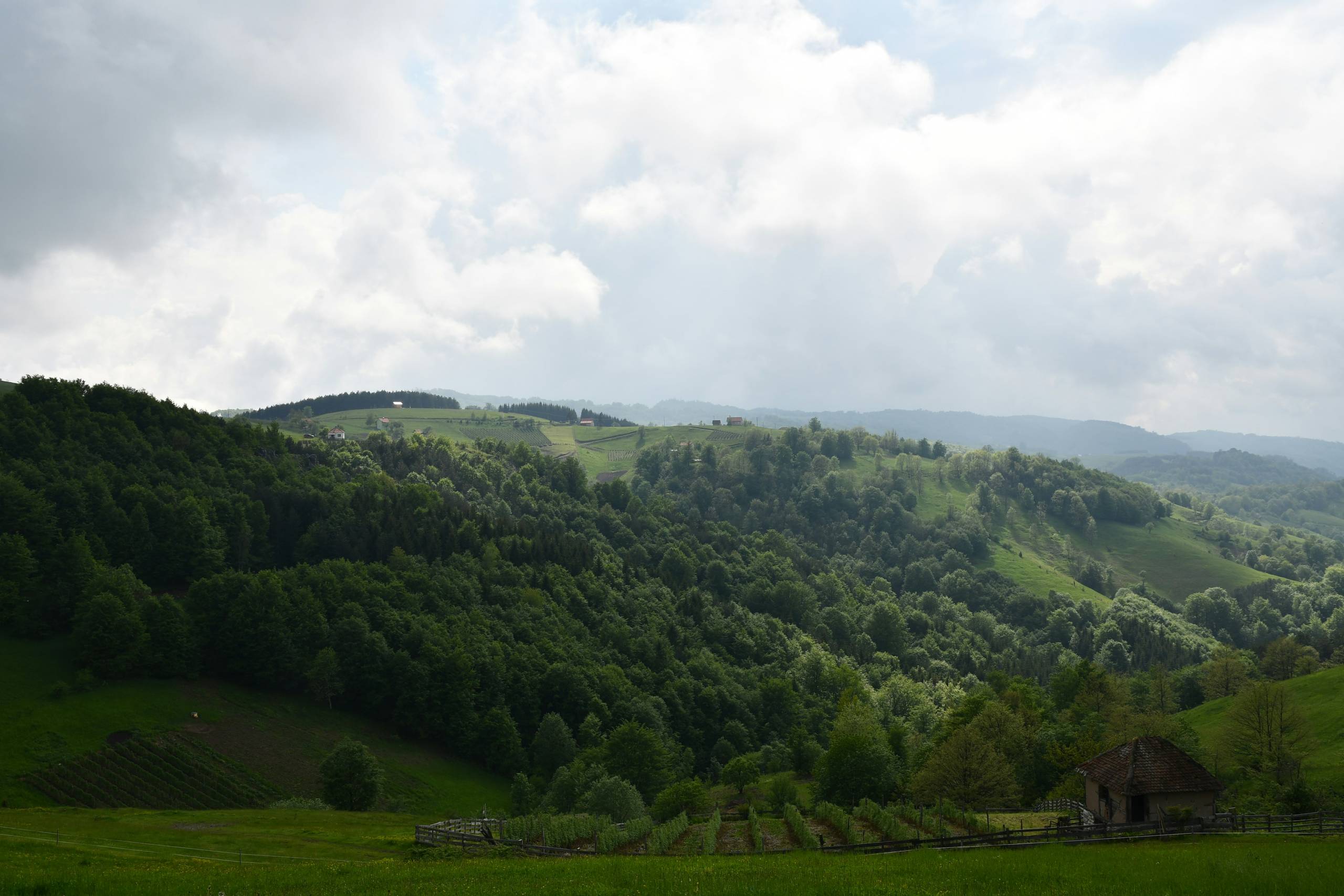Nestled in the heart of Western Serbia, Tara Mountain is a stunning natural gem that enchants visitors with its majestic landscapes, diverse wildlife, and rich cultural heritage. Bordered by the deep canyon of the Drina River to the northwest, Tara’s slopes gracefully descend into the valleys of the Kremna and Đetinja rivers, connecting it with the larger massif of the Starovlaške Mountains. Known for its breathtaking scenery and biodiversity, Tara Mountain has been a haven for nature lovers, hikers, and conservationists for decades.
A Haven of Natural Wonders
Tara Mountain is divided into several distinct areas, each offering unique natural beauty and experiences. The core of the mountain, often referred to as Ravna Tara, features the picturesque Kaluđerske Bare and limestone plateaus surrounded by the Drina, Rača, Konjska Reka, Beli Rzav, and Derventa rivers. The highest peak in this area, Zborište, rises to an elevation of 1,544 meters, providing stunning panoramic views of the surrounding landscapes.
Further afield, the Crni Vrh area lies between the border of Serbia and Bosnia, nestled between the villages of Zaovine and Rastište. This region is known for its deep forests and rugged terrain, making it a paradise for hikers and nature enthusiasts. The Zvijezda area, bordered by the Drina River’s dramatic canyon, offers another breathtaking landscape with peaks like Veliki Kraj, which reaches 1,444 meters in height.
A National Treasure
Recognizing its exceptional natural beauty and ecological importance, the Serbian government declared Tara a national park in 1981. This designation aims to protect its rich biodiversity, including its lush forests, pristine rivers, and the unique plant and animal species that call Tara home. The park covers a vast area, preserving not only the natural environment but also the cultural heritage of the region.

Flora and Fauna: A Biodiversity Hotspot
One of Tara Mountain’s most famous residents is the endemic Pančić’s Spruce (Picea omorika), a species discovered by the renowned Serbian botanist Josif Pančić in 1875. This rare conifer, with its slender silhouette and elegant branches, is found only in this region, making Tara a vital refuge for this unique tree. The mountain’s diverse ecosystems are home to over 1,000 plant species, including various types of deciduous and coniferous forests, meadows, and rare orchids.
Tara is also a sanctuary for wildlife, providing habitat for numerous animal species. The dense forests and rugged terrain shelter mammals such as brown bears, wolves, lynxes, and wild boars. Birdwatchers can spot a variety of birds, including the golden eagle, peregrine falcon, and the rare Ural owl. The park’s rivers and streams are home to otters and numerous fish species, contributing to the mountain’s ecological richness.
A Destination for All Seasons
Tara Mountain is a popular destination throughout the year. Its mild climate, with an average elevation of around 1,000 meters, makes it an ideal spot for both summer and winter recreation. In the summer, the mountain offers a cool escape with numerous hiking and biking trails, scenic viewpoints, and opportunities for kayaking and fishing on the Drina River. Winter transforms Tara into a snowy wonderland, perfect for skiing, snowboarding, and enjoying the crisp mountain air.
The area around Mitrovac, a well-known children’s resort, is particularly popular for family vacations, offering easy access to hiking trails, educational programs about nature, and organized sports activities. Bajina Bašta, a charming town nestled at the northern foothills of Tara, serves as a gateway to the mountain, providing visitors with accommodations, restaurants, and cultural events.
Exploring History and Culture
In addition to its natural beauty, Tara Mountain is steeped in cultural history. The area is dotted with traditional Serbian villages, ancient monasteries, and historical landmarks that tell the story of the region’s rich past. Visitors can explore the Rača Monastery, founded in the 13th century, which has played a significant role in the preservation of Serbian culture and literacy over the centuries.
The mountain’s trails also lead to numerous viewpoints overlooking the Drina River, offering spectacular vistas and photo opportunities. The famous “House on the Rock,” a small cabin perched on a boulder in the middle of the Drina, is a symbol of the region’s harmony with nature and a popular attraction for visitors.

A Legacy of Conservation
Tara Mountain has long attracted scientists, conservationists, and nature enthusiasts who have worked tirelessly to preserve its natural beauty. Dr. Kuno Vidrić, a well-known mountaineer who explored many of Europe’s important mountain ranges, dedicated much of his life to Tara. He marked numerous hiking trails and collected materials for several books about this enchanting mountain. The efforts of Vidrić, Pančić, and many others have helped establish Tara as one of Serbia’s most cherished national parks.
Tara Mountain is not just a geographical feature; it is a symbol of Serbia’s natural heritage and a testament to the country’s commitment to preserving its environment. Whether you are a nature lover, an adventurer, or someone seeking tranquility, Tara offers something for everyone. Its majestic landscapes, diverse ecosystems, and rich cultural history make it a must-visit destination, providing an unforgettable experience of the beauty and wonder of Serbia’s natural world.

